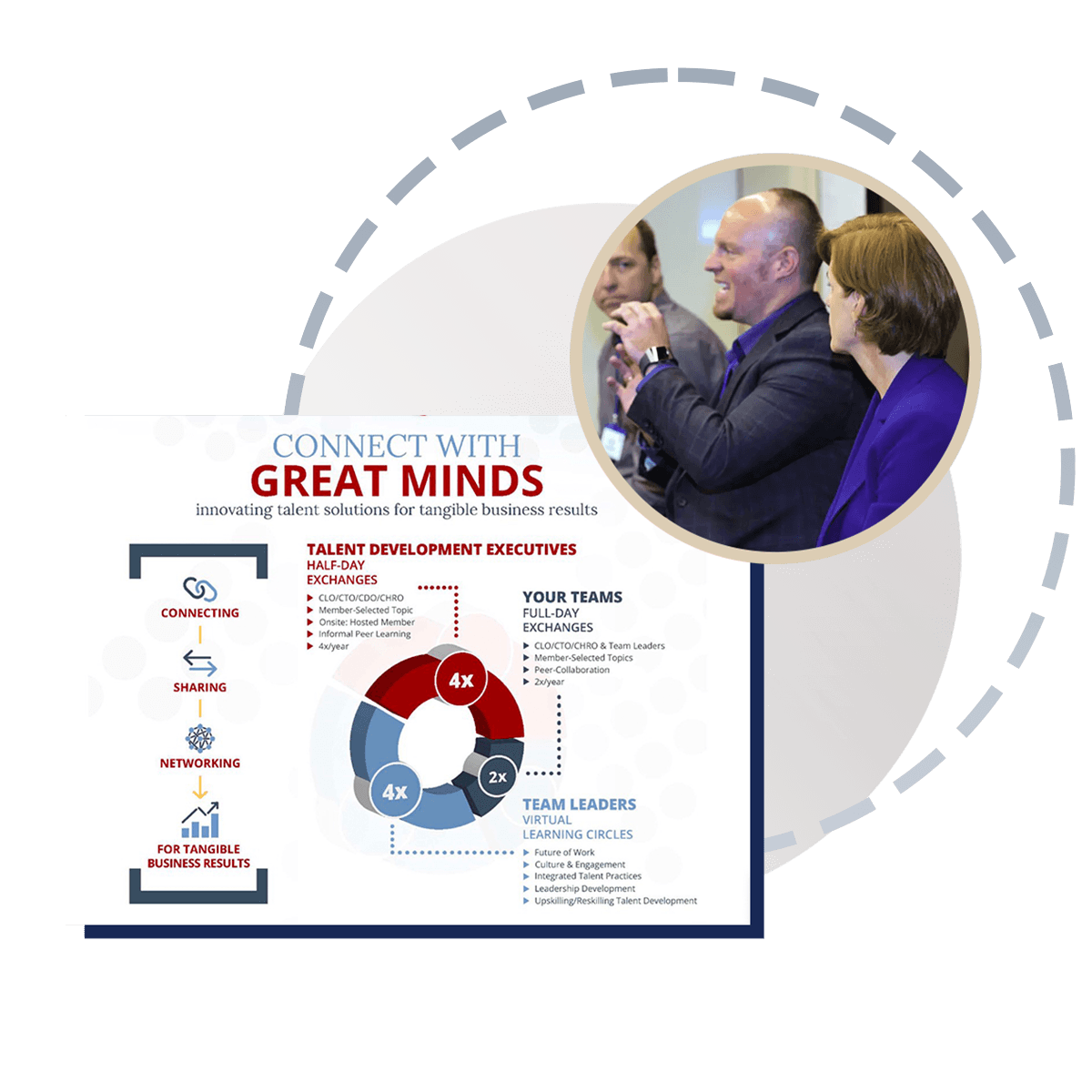In an era where workforce agility is no longer optional, this session made it clear: the future of talent strategy hinges on skills—not just roles or headcount. The conversation, led by Craig Friedman (St. Charles Consulting Group) and supported by insights from Angelica Stilling and others, revealed that becoming a skills-based organization isn’t about overhauling everything at once. It’s about transforming how we think—shifting from tracking people in static jobs to understanding, validating, and mobilizing dynamic capabilities across the enterprise. This isn’t an abstract theory. It’s a data-driven, business-aligned transformation that brings HR, learning, and business strategy together around a shared language: skills.
"Skills-based talent management changes talent from an exercise in headcount management to one in capability management." -- Craig Friedman, St. Charles Consulting Group
🔑 Key Takeaways:
-
Skills-first is a data transformation, not just an HR system upgrade. It enables real-time staffing, upskilling, and business responsiveness.
-
Start where it hurts most. The most successful skills initiatives address urgent talent shortages or disruptions—not enterprise-wide reboots.
-
Validation is the new currency. Without confidence in your skills data, your decisions are only as good as your guesses.
-
Competencies and skills are complementary. Use competencies to frame long-term development and skills to drive near-term action.
-
Internal mobility is evolving fast. New platforms link skills to roles, learning, and gigs—empowering employees to move anywhere in the org.
✅ What You Can Do Now:
-
Launch a pilot tied to a business-critical gap. Look for roles that are hard to fill or functions hit by rapid change.
-
Establish a skills confidence framework. Layer validation types (e.g., tests, endorsements, certifications) to guide workforce decisions.
-
Update job profiles with tagged skills. This enables dynamic learning pathways and more precise talent marketplace matching.
-
Collaborate across HR disciplines. Align your talent acquisition, compensation, and L&D teams using shared skill taxonomies.
-
Create governance now. A cross-functional skills council ensures consistency and avoids siloed efforts as your system grows.
As senior talent leaders, we’re being asked to lead with more speed, data, and alignment than ever before. What this session underscored is that skills are the connective tissue—linking hiring, learning, development, and workforce planning. But adopting a skills-based strategy doesn’t require flipping the entire enterprise overnight. Start small. Solve something real. Let the results speak for themselves. Because when you shift from managing people to managing capability, you stop reacting—and start leading.
💬 Curious how others are implementing these ideas? Our Skills Mini-Series just launched. Let’s co-create, not just consume: 🎯 Cohort Signup Portal: Unlock Integrating Enterprise Skills | Mini-Series


